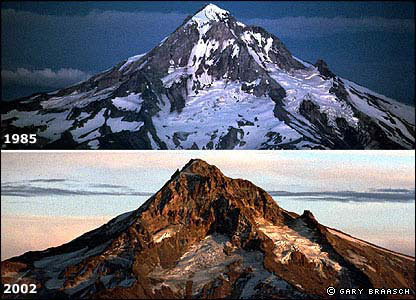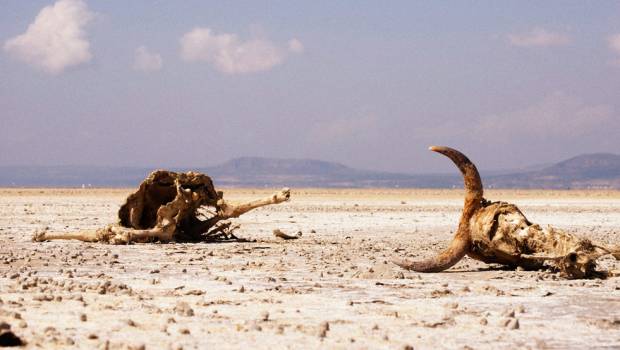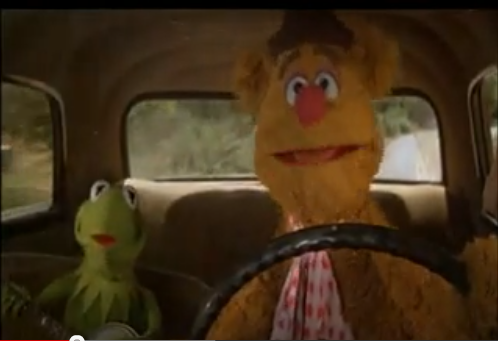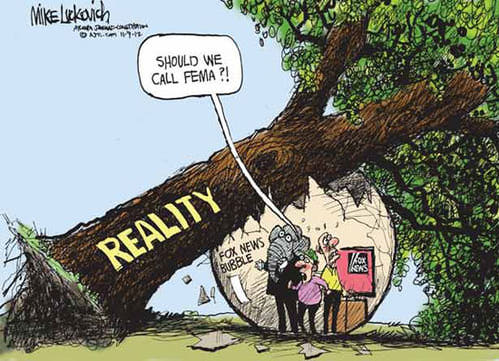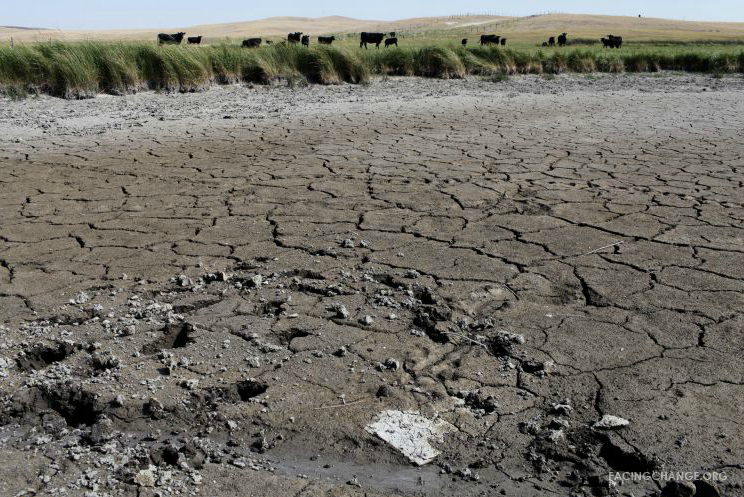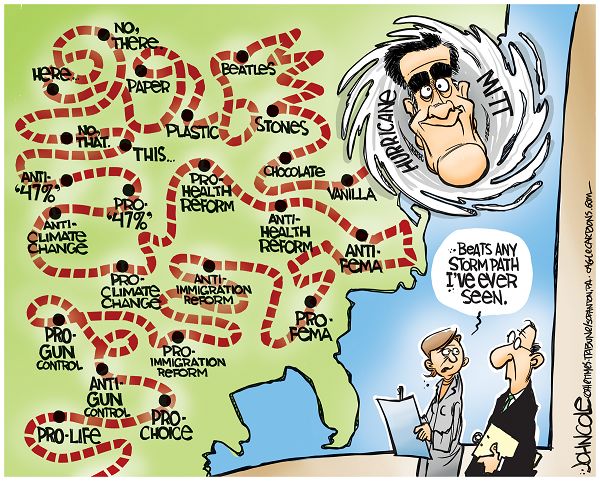The Solomon Asch Center is starting a web project on drones–how they function in the present and what they may become in the future. This project aims to explore the politics of government use of drones for surveillance and interdiction, private and corporate use of drones; privacy and due process issues raised by use of drones, fifth generation warfare using drones, and any issue relating to how the technology used in drones will play out in the future. The Asch Drone Project seeks contributions from scientists, engineers, social scientists, lawyers, artists, journalists and citizens to provide a multi-faceted online presentation incorporating text essays and visuals relating to drones. An online gallery will display Afghan folk art, fine art, cartoon, and photographic representations of drones. The Project is open to all types of interpretations and opinions, and to any length text from a paragraph to a multipage essay. If you have visuals or links to existing blogs to suggest, or if you are able to write something for the project, please get in touch with Asch Associate Director for Conflict and Visual Culture Initiatives Jonathan Hyman at jhyman@brynmawr.edu and identify your inquiry or submission in the subject field as such: attention Asch Drone Project.
The Asch Drone Project expects to open on the Asch web site (www.aschcenter.org) no later than 1 January 2013. If enough good essays are contributed, authors may be invited to participate in a Special Issue of the journal Dynamics of Asymmetric Conflict (www.informaworld.com/dac), edited by Asch Co-Director Clark McCauley.
For a decade the Solomon Asch Center for the Study of Ethnopolitical Conflict, now located at Bryn Mawr College, has brought together social scientists from many disciplines-history, political science, psychology, linguistics, economics, law, sociology and anthropology — to analyze the underlying causes of conflict, how conflict can be managed constructively to avoid widespread violence, and how to ameliorate the refugee problems that flow from intergroup violence.
Credit: File Photo

![image_thumb[3]](http://www.nocaptionneeded.com/wp-content/uploads/2012/11/image_thumb3.png)
